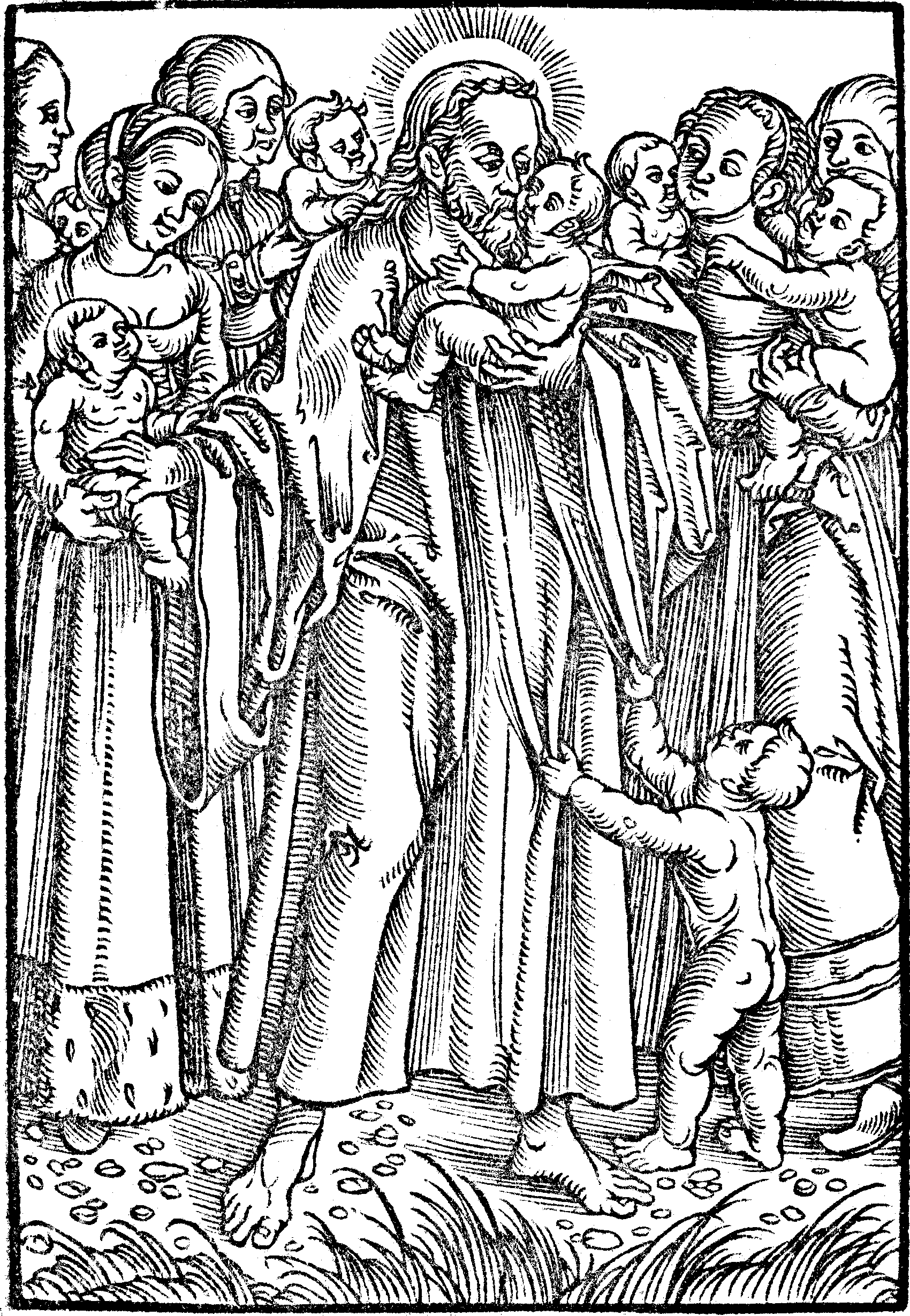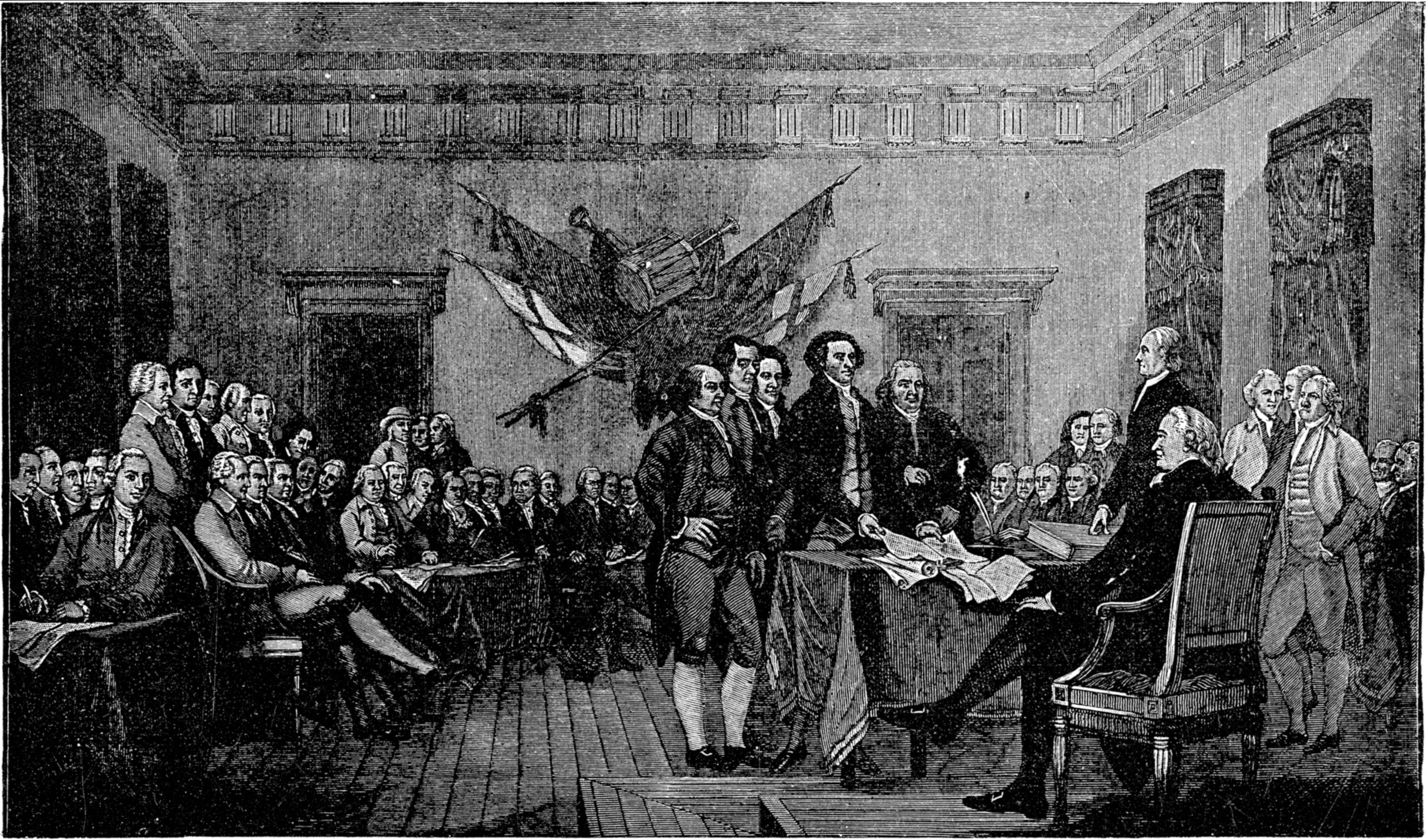The following is an imagined setting-down of the early life of composer and cantor John Crüger (1598-1662), perhaps as if he left a record behind to inspire his sons and daughters, to inspire you, dear reader, with a good example of how Lutheran education, like that which will be provided by Luther Classical College, can form people who produce things that glorify God and spread His saving Word for generations.
Like so many other people who make a name for themselves in Berlin, I was not a native Berliner. I was a proud son of Lower Lusatia, formerly ruled by the Habsburgs. Since the deal between Emperor Frederick II and Elector John George, my homeland has been ruled by our neighboring Electoral Saxons. Despite having dubious rulers like the Habsburgs and Elector John, who catered to Roman Catholic rulers and forces throughout the great war, my people have been Evangelical since the days of the Reformation.
My father Georg was a well to do and pious father and husband. He was what our family name says we are: “der Krüger„—the innkeeper or tavernkeeper of Groß Breesen, a village north of Guben. And he was a pious Evangelical. He married the daughter of the town pastor, the Rev. Kohlheim. He stayed strong in the faith even as the Jesuits threatened the Habsburg lands with their drive to return Evangelical territories to the papacy. He later endured through the various plagues, wars, and other unrest that swept through Lusatia.
“The Breesener village school is no longer enough for you, John, and God would have you do more in life than be an innkeeper.” Father sent me off at age twelve to daily Latin school down in Guben. There I learned Latin thoroughly, and in addition, theology, music, and singing. I sang in the Knabenchor, in which the other boys and I were paid to sing chorales throughout the Church Year on Sundays and feast days. This was where language, poetry, Evangelical theology, and music first began to interact in my heart and mind.
After three years of Latin school I was deemed a scholar, so at the age of fifteen and with my parents’ encouragement, I set out walking to find the best education I could. I walked five hours to the school at Sorau, the oldest city of Lower Lusatia. Before that winter set in, I moved on to Gymnasium at Breslau. The next spring, I set out for a nearly 200-mile walk into Roman Catholic Moravia to study at a Jesuit College in Olmütz. I guess you could say I was up for a challenge. Yet the Jesuits were not too interested in this “Lutheran” student. They could be very mean! So I put 400 more miles on my walking boots, this time to the Free Imperial City of Regensburg.
There I studied under Cantor Paul Homberger. He took me in, but the old Cantor always was very critical of my musicianship. He drove me to work hard on my organ skills, my improvisation skills, my composition skills. It was the best thing for me, considering the path I was called to follow.
After an intense year with Cantor Homberger, I walked through Bavaria, Bohemia, and Austria, through Habsburg Hungary, Moravia, and Saxony, from where, as the year 1615 was drawing to a close, I first reached the old double city on the Spree River: Berlin and its small sister city, Cölln. Little did I know Berlin would become my home where my career as a church Cantor and composer would flourish. Gymnasium studies took back my attention, while I was also tutoring children of a wealthy Berlin merchant to make ends meet.
By 1616 I completed my studies as a scholar and prepared for advanced study in theology. I had learned my basic foundations in language and poetry and literature. I had learned organ and composition and music theory from the old Cantor in Regensburg. Now it was time to learn thoroughly God’s Word. What Cantor worth his walking shoes should not have that?
I would walk one final stage—a pilgrimage, of sorts, to the home of Luther’s spiritual heirs: Wittenberg. There Luther’s spiritual children taught, and his spiritual grandchildren studied. There Luther still seemed to be breathing and full of life—it was intellectual and spiritual and physical home. There I matriculated on 18 October 1620, finishing my studies in the spring of 1622.
God blessed me then with a quick call to service in His Church: the honorable city council of Berlin called me to a double office of Cantor of St. Nikolai Church, and Gymnasium teacher of the Grey Cloister school. I arrived back to my friends in Berlin and was installed on Sunday, 23 June 1622. I was just 24 years old. I was paid more than enough to care for myself: forty talers and about 45 gallons of rye to drink or sell at my choosing every three months. Turns out, once a tavern keeper…
All was not pleasant in those days. The coming clouds of the Thirty Years’ War overshadowed all we did, even though it usually raged on elsewhere in Germany away from Berlin. But there were plenty of plagues, rampant inflation, poor harvests, and dysentery to make life miserable and death a constant companion here in Berlin. The ruling electors tended to dabble in Reformed theology, and our Evangelical pastors were constantly making a stand for the truth of God’s Word.
Nevertheless, my duties were to accompany the daily church services, teach the grammar school boys to sing and read music and know music theory, to teach arithmetic, and to take care of all music at city and church festivals, at funerals and processions, at weddings, and at baptisms. In those days I started my own Knabenchor of twenty-four of the poorer students attending the Gray Cloister school.
God blessed me with a wife in the summer of 1628, bringing me together with Maria Beling, the daughter of the mayor of Bernau. Maria had already suffered the death of one husband before marrying me. God gave us five children to raise to His glory. But the cross comes to Christians to strengthen our faith. My dear mother, who had come to live with us after my father died, was taken from this life in 1632. Over the next four years the Lord took unto Himself two of your fellow siblings. Finally in 1636, Maria died. This pushed me into depression and illness, and I nearly died from it. As I struggled, I stopped composing music, and buried myself in my daily duties.
But the Lord shone His light upon me through two people. First, I met an innkeeper’s daughter! Half my age, Elisabeth Schmidt was a cheerful, brave woman, a talented singer, and one industrious mother. We were married in winter 1637, and God blessed us with fourteen of you dear children!
Secondly, God brought me my friend and pastor, Paul Gerhardt. I met this man, one of the greatest of our Evangelical pastors and poets, in 1643. He had already endured much cross-bearing in his life too. Working together, we praised God and made known His deeds in Christ in many memorable spiritual songs.
John Crüger’s “Praxis Pietatis Melica,” a hymnbook he first published in 1647 with fifteen of Gerhardt’s hymns set to his tunes, would go on to be published for 29 editions through 1702. Among other hymns, Crüger set “Awake, My Heart, With Gladness,” “O Lord How Shall I Meet Thee,” and “Jesus Priceless Treasure,” collaborating with the golden age of Lutheran hymnists like Paul Gerhardt and John Franck. He also composed the tune to Martin Rinkart’s immortal text, “Now Thank We All Our God.” Upon his death on February 23, 1662, his numerous eulogists called Crüger the Asaph of their day, after the legendary progenitor of the singers’ guild under kings David and Solomon.




